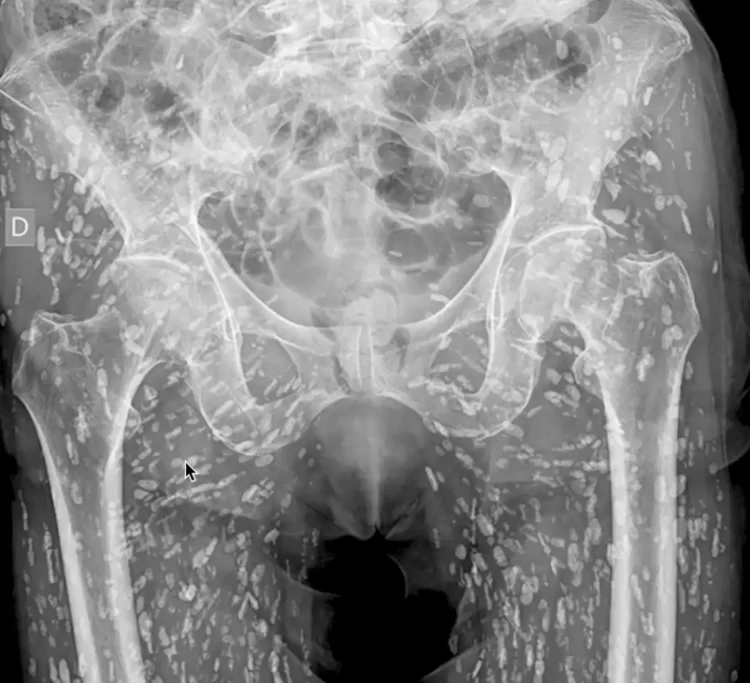When Canadian scientist Christopher Charles discovered six years ago how badly Cambodians were suffering from anemia, he decided to try and solve the problem. Unfortunately, tried-and-tested methods such as iron supplements and iron-rich diets didn’t work because they weren’t affordable. So he came up with the novel idea of using a small iron fish as a cooking ingredient!
The people Charles was working with were the poorest of the poor, and couldn’t afford red meat or expensive iron pills. The women couldn’t even switch to iron pots because they were too heavy and costly. “Some nights I wondered what I had got myself into; here I was in a village with no running water, no electricity and no way to use my computer — it was like a (research) baptism by fire,” Charles recalled.
But inspiration struck eventually, and he decided that the best way cure anemia was to literally add iron to the food. “We knew some random piece of ugly metal wouldn’t work . . . so we had to come up with an attractive idea,” Charles said. Along with his research team, he came up with small, circular chunk of iron, but the women were hesitant to add it to their pots. They changed the prototype to a lotus shape, but the women didn’t like that either. So Charles dug deeper into Cambodian history and culture, and decided upon a piece of iron shaped like a fish – a symbol of good luck in Cambodia. And it worked! Women were more than happy to add it to their cooking pots and follow Charles’ instructions.
“Boil up water or soup with the iron fish for at least 10 minutes,” he explained. “That enhances the iron which leaches from it. You can then take it out. Now add a little lemon juice which is important for the absorption of iron.”
The fish, when used in the right way, are designed to provide up to 75 percent of an adult’s daily iron requirement, and even more for a child. Studies revealed that within 12 months, several hundreds of villagers were cured of anemia. Approximately 2,50o families are currently using the fish, which are also being distributed to hospitals and nonprofit organisations across the country.
“We designed it about 3 or 4 inches long, small enough to be stirred easily but large enough to provide up to about 75 per cent of the daily iron requirement,” said Charles. “We’re getting fantastic results; there seems to be a huge decrease in anemia and the village women say they feel good, no dizziness, fewer headaches. The iron fish is incredibly powerful.”
Professor Imelda Bates, head of the international public health department at Liverpool School of Tropical Medicine, called the iron fish a welcome development. “These sort of approaches are so much better than iron tablets, which are really horrible,” she said. “If it’s something that is culturally acceptable and not too costly, then any improvement to anaemia levels would be of great benefit.”
Charles is quite happy about the fact that the villagers have adopted the concept of the fish without much fuss. “I’m happy, the blood test results show that I have the iron deficiency problem, so I hope will be cured and will be healthy soon,” said a woman from the Preah Vihear Province. “I think all the people in Sekeroung village will like the fish, because fish is our everyday food.”
The Lucky Iron Fish project has been so successful in Cambodia that it will soon be launched in other countries in North America and Europe. Charles says that the project has taught him a valuable lesson: “You can have the best treatment in the world, but if people won’t use it, it won’t matter.”
Photos: Lucky Iron Fish Project









